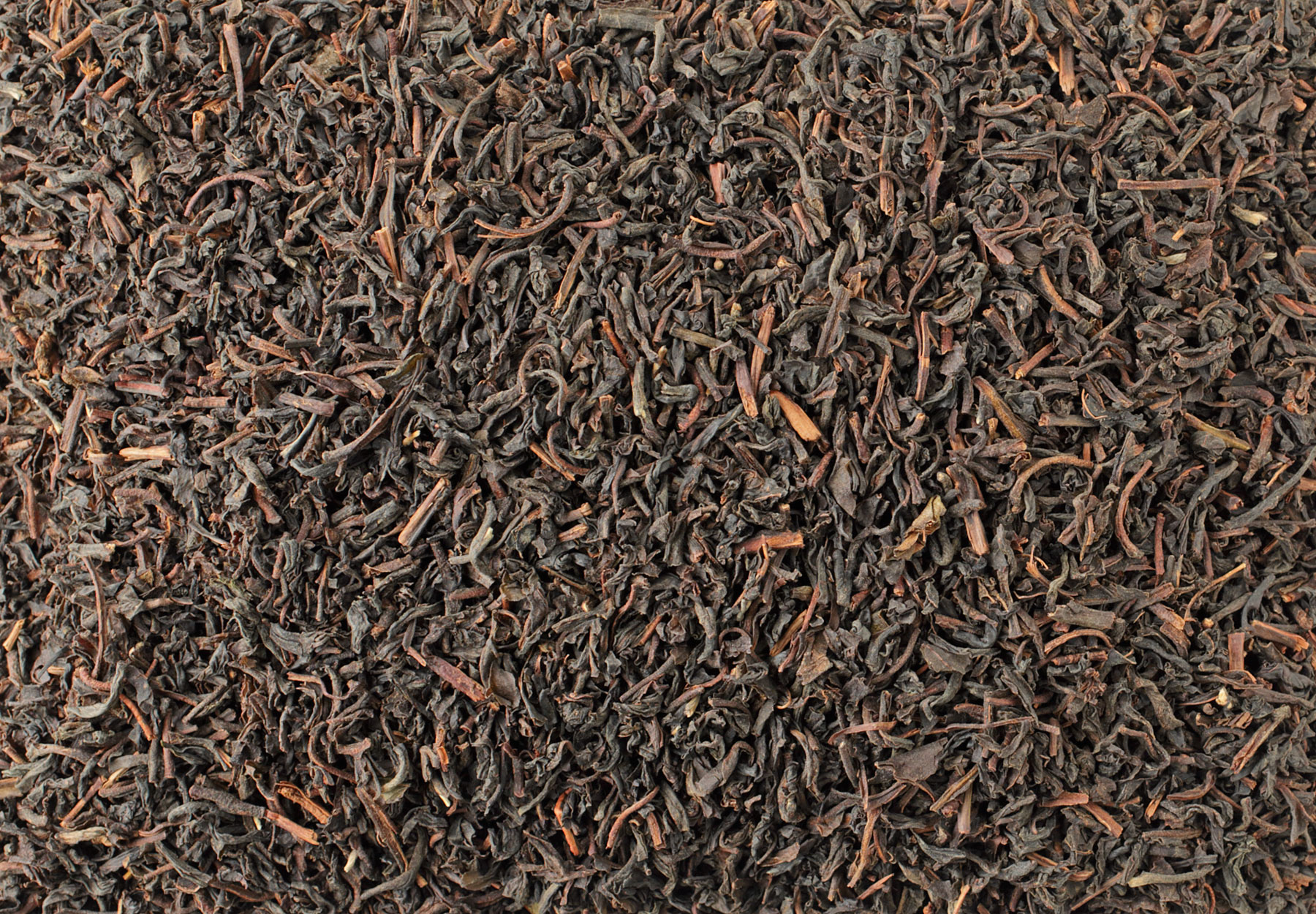

As with all tea producing countries, climate greatly affects the taste and quality of teas from year to year. Since Sri Lanka is surrounded by the Indian Ocean on both sides, it is prone to monsoons blowing from different directions. With an abundance of rain, the plants grow wildly and can lose much of their distinctive characteristics. The best Ceylon teas are those made in the dry months preceding the monsoons. The five tea districts (Kandy, Rhuna, Dimbulla, Nuwara Eliya and Uva) are concentrated in the central highlands and southern inland districts of the island. These are areas that have the ideal growing conditions for the tea plant.
Mark T. Wendell’s first imported teas originated from the island of Formosa (Taiwan.) His unusual Formosan Lapsang Souchong, HU-KWA, and Formosan Keemun were unknown in this country a hundred years ago. Mr. Wendell also had an affinity for the lighter Ceylon teas, so he created a special blend to market under his own name. He blended several high and low grown Ceylon teas into what he called a “Cheery” cup of tea. From that time forward, he called his blend Cheericup Ceylon. For the most part, we have been able to source teas from the original districts that Mr. Wendell used: Dimbulla, Rhuna and Uva.
© Mark T. Wendell Tea Company. All rights reserved.
